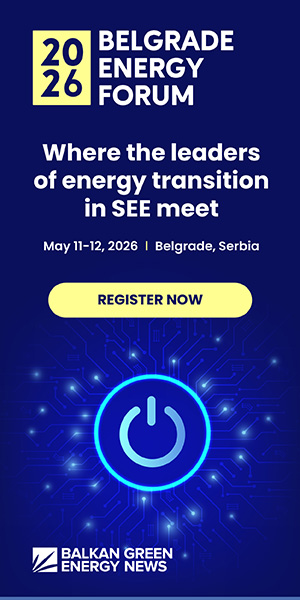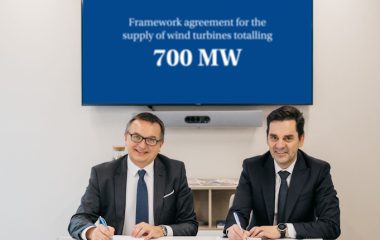
Photo: NASA
The US space agency NASA has selected three design concept proposals for a 40 kW nuclear fission system that would be able to operate for at least 10 years in the lunar environment. Success in building such power systems would pave the way for long-term missions on the Moon and Mars, NASA said.
NASA also said that the planned lunar nuclear power plant could be ready to launch by the end of the decade. Relatively small and lightweight, nuclear fission systems could enable continuous power regardless of location, available sunlight, and other natural environmental conditions, NASA explained.
Nuclear fission systems are lightweight and reliable regardless of available sunlight and other natural conditions
The three contracts for designing a nuclear system on the Moon, awarded by NASA and the US Department of Energy, are worth about USD 5 million each. The winning bidders are Lockheed Martin, which will partner with BWXT and Creare; Westinghouse, which will partner with Aerojet Rocketdyne; and IX, a joint venture of Intuitive Machines and X-Energy, which will partner with Maxar and Boeing, according to the statement.
“Powering long-term human presence on other worlds”
“Developing these early designs will help us lay the groundwork for powering our long-term human presence on other worlds,” said Jim Reuter, associate administrator for NASA’s Space Technology Mission Directorate.
Humans might go to Mars in 2035, but generating energy from solar and wind there would be challenging
The first human mission to Mars might launch as early as 2035. Human settlements there would need to generate considerable amounts of energy, and scientists have been looking for technological solutions.
Generating power from solar energy would be technologically challenging given that the Red Planet gets less than half of the sunlight the Earth does. Also, despite the fact that Mars has stronger winds, conventional wind turbines are too heavy to transport from the Earth.





















Be the first one to comment on this article.